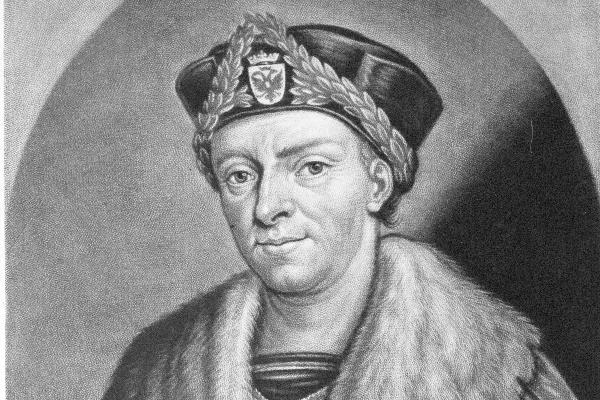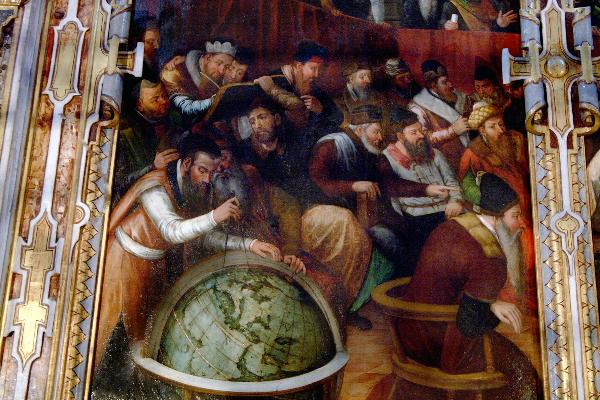Konrad Celtis was not the only humanist to teach at the University in Ingolstadt in its earliest years. In 1477 the physician Erhard Windsberger obtained permission from the Duke to give lectures in “Poeterey”, in addition to his course in Medicine. Promotion of the studia humanitatis generally indicated a cultured, progressive and open-minded attitude on the part of both the institution and its local patron. However, Windsberger’s main motivation for giving the first series of humanist lectures at the University was the desire to increase his earnings.
For Windsberger‘s successor, Johannes Riedner, these lectures were a full-time job, not just a source of supplementary income. However, humanist studies in Ingolstadt soon came to be associated primarily with the names of Konrad Celtis and Jakob Locher. Neither of them had a doctoral degree, but both had received the title of poeta laureatus (bestowed by the Emperor), which was equated with the degree of Master or Doctor. In addition to the courses given by these two scholars, humanists who were not employed by the University occasionally gave private lectures.
Despite the fame enjoyed by Celtis, Locher and other widely known humanists, such as Johannes Aventinus, during the early decades of the University’s existence, humanist studies were actually marginalized, as the structure of the University itself militated against humanistically minded professors. Reformist ideas fell on deaf ears, mainly because of the entrenched scholastic tradition of the Arts Faculty and lack of encouragement from the Duke. The reform of 1526 first paved the way for the integration of humanist studies, and humanism in Ingolstadt began to flourish only during the reign of Duke Wilhelm IV in the mid-1540s. By that time, prominent humanists like Peter Apian and Vitus Amerbach taught at the University.
In 1549 Duke Wilhelm appointed the first Jesuits as professors in the Faculty of Theology, and in 1558 a member of the Jesuit Order was appointed to one of the professorial chairs in the Faculty of Arts. In due course, the number of Jesuit professors increased, provoking much resentment among faculty members and gradually leading to the ousting of secular scholars from the Faculty of Arts. The humanist curriculum was incorporated into the Jesuit program of study, and in 1585 the last secular members of the Arts Faculty were dismissed.


